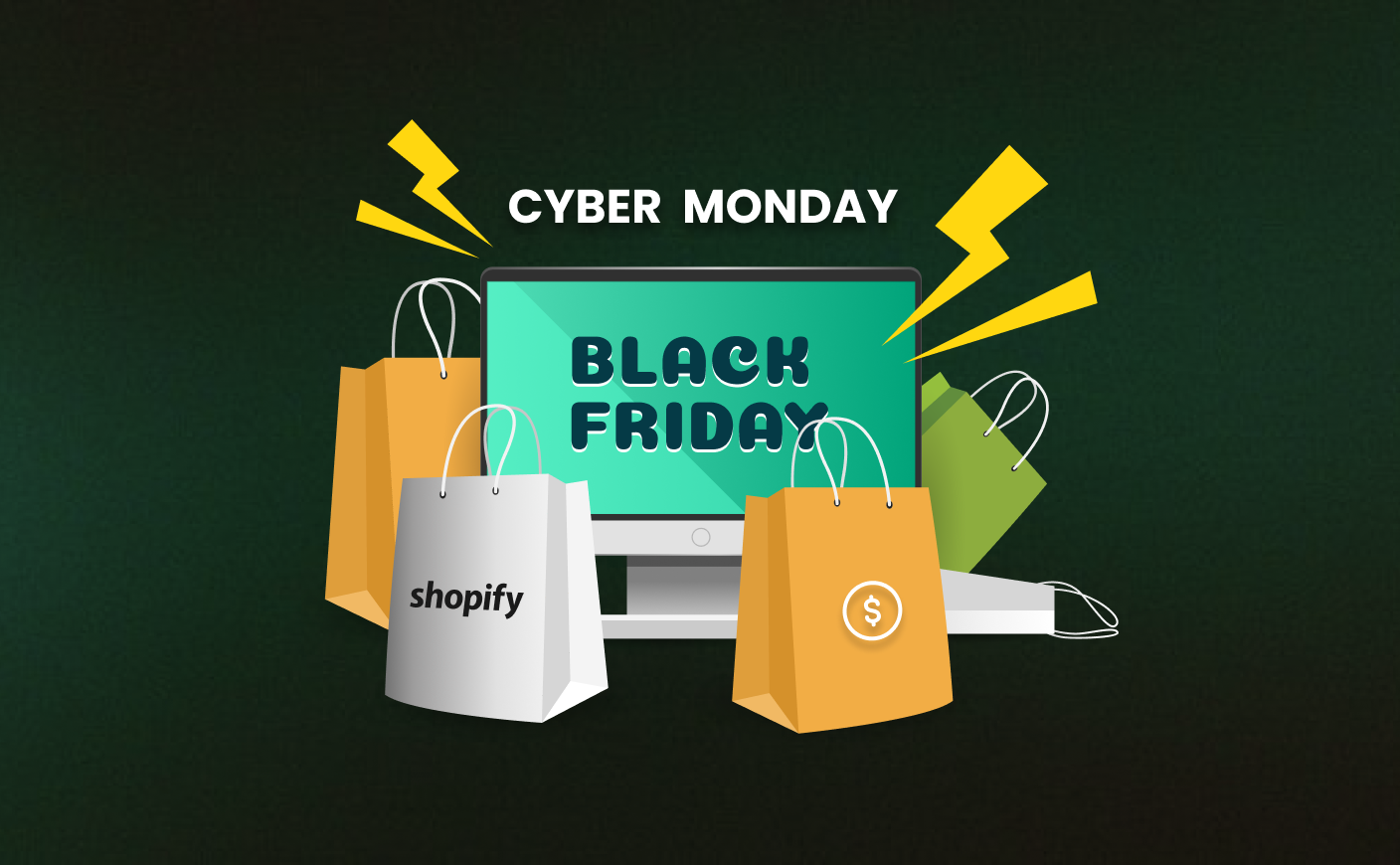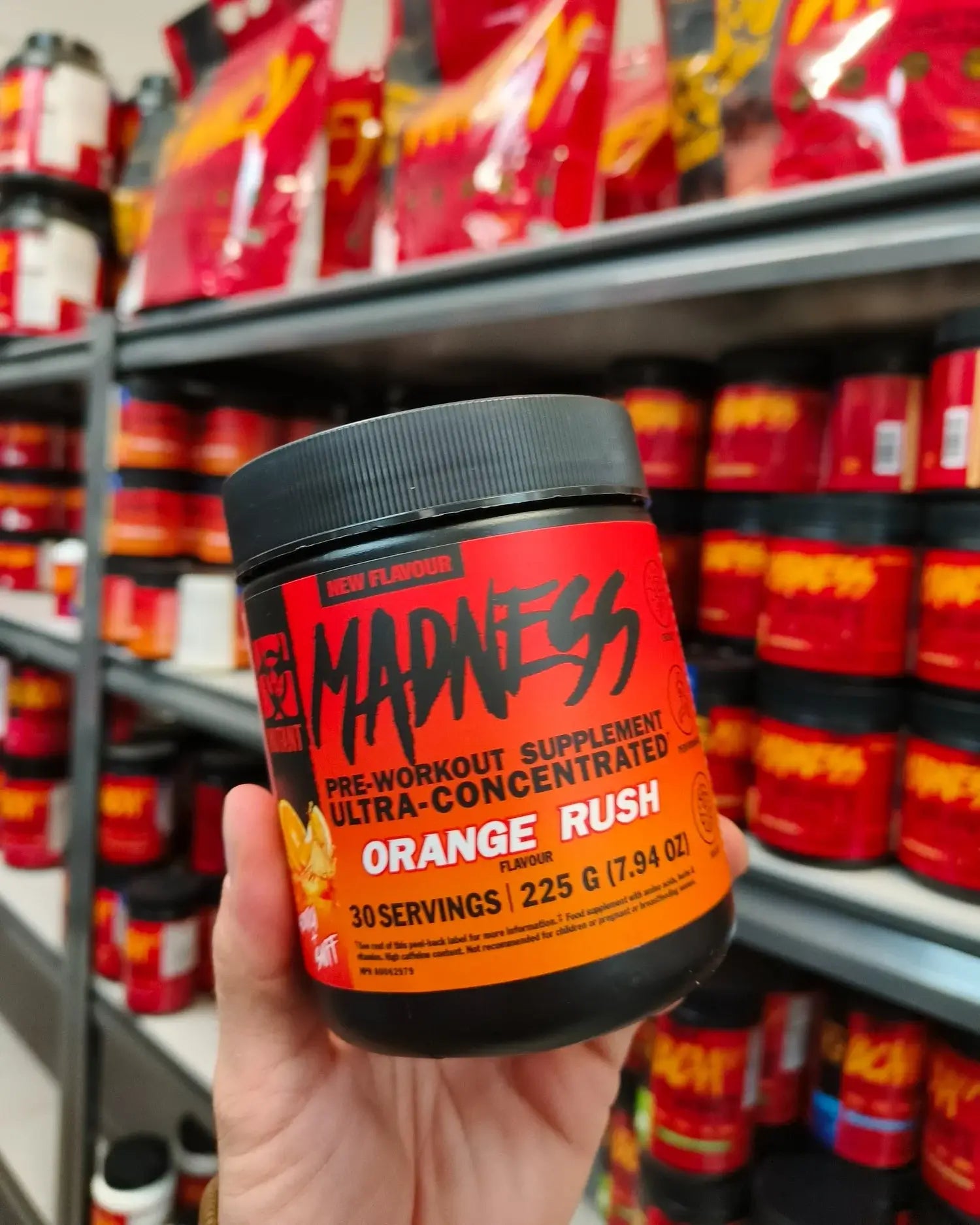How Behavioural Marketing Can Help Shopify Stores Retain Customers?
behavioural marketing
shopify store

In today’s competitive ecommerce environment, retaining customers isn’t just a bonus—it’s a necessity. For Shopify store owners, this rings especially true.
With thousands of retailers fighting for attention, building long-term relationships with your customers can help your brand stand out. That’s where behavioural marketing comes into play.
Imagine knowing your clients so well that you can predict their preferences, anticipate their wants, and provide solutions before they even realise they need them. That sounds powerful, doesn't it? That is the promise of behavioural marketing. Let's break it down and see how it can turn your Shopify store into a customer retention powerhouse.
What Do You Understand By Behavioral Marketing?
Behavioural marketing tailors marketing efforts to clients' unique preferences by using data from their behaviours, such as browsing patterns, purchase history, and engagement with emails or advertising. In contrast to one-size-fits-all techniques, this marketing strategy focuses on unique client journeys, making customers feel valued and understood.
Why do we think it is important for retention?
Retaining customers is considerably less expensive than obtaining new ones. Furthermore, loyal customers frequently spend more and recommend your business to others.Thus, using this marketing technique increases loyalty by providing highly tailored experiences that foster trust and repeat purchases.
How Shopify Stores Can Leverage Behavioural Marketing?
Let us understand the top 6 ways in which Shopify store owners can use the power of this marketing strategy in your business.
Segment your audience
Think about your customer base. Not everyone shops for the same reasons. Some people hunt for savings, while others value quality or uniqueness. Using behavioural data, you can divide your audience based on their activities, preferences, and purchasing habits.
For example, a Shopify business selling sustainable clothing may target eco-conscious buyers looking for new arrivals and bargain hunters seeking clearance items. Tailoring your marketing to each category, such as delivering new collection updates to the first and discount codes to the second, can significantly boost engagement and loyalty.
Tailored product recommendations
Have you ever shopped online and seen a “Recommended for You” section? That is behavioural marketing in action. By analyzing what clients explore or buy, you can suggest things they are likely to enjoy.
For instance, Amazon excels at this method, despite not being a Shopify store. A client purchasing gym gear may receive recommendations for water bottles or yoga mats. Similarly, as a Shopify store owner, if a customer purchases a pair of running shoes, you can recommend socks or fitness equipment to enhance their experience.
Targeted email campaigns
Generic emails frequently end up in the trash. Using targeted email marketing campaigns allows you to create emails that resonate with the recipient.
How?
Abandoned Cart Emails: Remind customers about the items they left behind, possibly with a discount.
Post-Purchase Emails: Offer complementary products or request feedback.
Re-engagement emails: Target inactive consumers with special offers or updates.
For example, a Shopify business selling gourmet coffee may send an email to a customer who previously purchased a French press, recommending premium coffee beans or brewing techniques.
Dynamic retargeting ads
Retargeting ads are extremely effective, but behavioural marketing pushes them to the next level. By tracking user behaviours, you can show them ads for items they've expressed interest in, encouraging them to return and complete their purchase.
Example, if a customer visits your Shopify store and checks out a leather jacket but doesn’t buy it, tools like Facebook Pixel can show them an ad featuring that jacket, perhaps with a limited-time discount.
Gamification to drive engagement
Who doesn't enjoy a little fun? Gamification uses behavioural triggers to make shopping an engaging and rewarding experience.
A Shopify beauty store may offer a "spin the wheel" feature for instance to earn discounts. By monitoring buyer habits, you can ensure that loyal customers receive attractive offers thus strengthening their bond to your business.
Offer loyalty rewards
This marketing technique can help promote your loyalty program. By watching how customers interact with your store, you can incentivise actions that connect with your company's objectives, such as leaving reviews, referring friends, or making repeat purchases.
Starbucks' loyalty app tracks client purchases and rewards them with stars. As a Shopify business owner, you can do something similar by awarding points for each purchase or referral, which can be used for exclusive products or discounts.
Tools to Implement Behavioural Marketing on Your Shopify Store
Let us explore the tools that you can use to implement this strategy in your ecommerce business.
Klaviyo: It is excellent for email marketing automation and personalisation.
Google Analytics: Provides information about client behaviour on your website.
Hotjar: Monitors how users interact with your Shopify store and provides information for optimisation.
Privy: It is ideal for developing pop-ups and targeted offers.
Facebook Pixel: Assists in retargeting clients with personalized advertisements.
By integrating these tools, you can collect and analyze data seamlessly, creating campaigns that truly resonate.
How To Measure The Success Rate of Behavioural Marketing
How do you know that your marketing strategy is actually working? Track these metrics:
Customer Retention Rate (CRR): Percentage of returning customers over a given period.
Average Order Value (AOV): Are tailored recommendations increasing the basket size?
Conversion Rate: Are your dynamic ads or emails driving more purchases?
Customer Lifetime Value (CLV): Is each customer spending more with you over time?
Real-life success stories, such as the Shopify-based brand Gymshark, illustrate how analyzing and leveraging client behaviour can lead to exponential growth.
Final Thoughts
In a world where customers are constantly flooded with options, behavioural marketing is your hidden weapon for standing out. Understanding your customers on a deeper level allows you to establish relationships rather than merely sell products.
Start small. Segment your audience, target your communications, and test various loyalty schemes. As you collect additional data, refine your methods to create experiences that make your customers feel appreciated and ready to return.
So, the question is: Are you ready to turn your Shopify store into a retention-driven powerhouse?
CrawlApps
At CrawlApps, we don’t just build Shopify stores—we create experiences that sell. We’re a bunch of problem-solvers who love turning ideas into stores that actually converts. Whether it’s fixing what’s broken or building something from scratch, we make sure every detail works in your favor. No fluff, no jargon—just real solutions that help your business grow. If you’re serious about Shopify, you’ll feel right at home with us.















